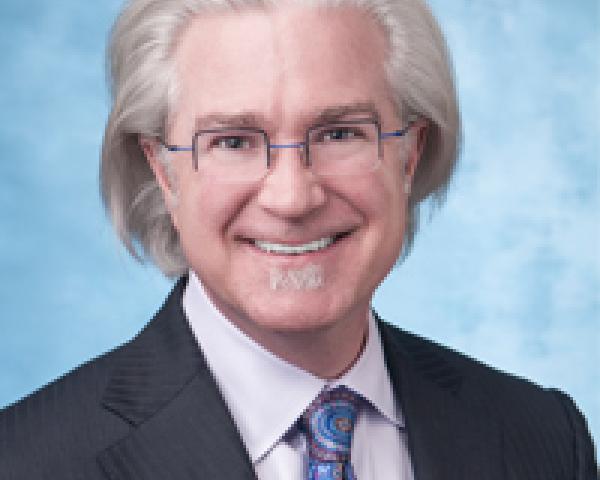I am committed to helping shape a system for securities litigation defense that helps directors and officers get through securities litigation safely and efficiently, without losing their serenity or dignity, or facing any real risk of paying any personal funds.
But we are actually moving in the opposite direction of this goal, and, unless some changes are made, securities litigation will pose greater and greater risk to individual directors and officers. It is time for the “repeat players” in securities litigation defense – D&O insurers and brokers, defense lawyers and economists – to make some fundamental changes to how we do things.
Although most cases still seem to turn out fine for the individual defendants, resolved by a dismissal or a settlement that is fully funded by D&O insurance, the bigger picture is not pretty. The law firms that have defended most cases since securities class actions gained footing through
Basic v. Levinson – primarily “biglaw” firms based in the country’s several largest cities – are no longer suitable for many, or even most, securities class actions. Fueled by high billing rates and profit-focused staffing, those firms’ skyrocketing defense costs threaten to exhaust most or all of the D&O insurance towers in cases that are not ended on a motion to dismiss. Rarely can such firms defend cases vigorously through summary judgment and toward trial anymore.
Worse, these high prices too often do not yield strategic benefits. A strong motion to dismiss focuses on the truth of what the defendants said, with support from the context of the statements, as directed by the U.S. Supreme Court in
Tellabs and
Omnicare. Yet, far too often, the motion-to-dismiss briefs that come out of these large firms are little more than cookie-cutter arguments based on the structure of the Reform Act. And if a motion is lost, settlements are higher than necessary because the defendants often have no option but to settle to avoid an avalanche of defense costs that would exhaust their D&O insurance limits. On the other hand, if settlement occurs later, it can be difficult to keep settlement within D&O insurance limits – and defense counsel’s analysis of a “reasonable” settlement can influenced by a desire to justify the amount it has billed.
At the same time that defense costs are continuing to soar, securities class actions are becoming smaller and smaller, with two-thirds of cases brought against companies with market caps less than $2 billion, and almost half less than $750 million. Although catawampus securities litigation economics is a systemic problem, affecting cases of all sizes, the problem is especially acute in the smaller half of cases. Some of those cases simply cannot be defended both well
and economically by typical defense firms. Either defense costs become ridiculously large for the size of the case and the amount of the D&O insurance limits, or firms try to reduce costs by cutting corners on staffing and projects – or both. We see large law firms routinely chase smaller and smaller cases. From a market perspective, it makes no sense at all.
So how do we achieve a better securities litigation system? Five changes would have a profound impact:
- Require an interview process for the selection of defense counsel, to allow the defendants to understand their options; to evaluate conflicts of interest and the advantages and disadvantages of using their corporate firm to defend the litigation; and to achieve cost concessions that only a competitive interview process can yield.
- Move damages expert reports and discovery ahead of fact discovery, to allow the defendants and their D&O insurers to understand the real economics of cases that survive a motion to dismiss, and to make more informed litigation and settlement decisions.
- Increase the involvement of D&O insurers in defense-counsel selection and in other strategic defense decisions, to put those that have the greatest overall experience and economic stake in securities class action defense in a position to provide meaningful input.
- Increase the involvement of boards of directors in decisions concerning D&O insurance and the defense of securities litigation, including counsel selection, to ensure their personal protection and good oversight of the defense of the company and themselves.
- Make the Supreme Court’s Omnicare decision a primary tool in the defense of securities class actions. Obviously, Omnicare should be used to defend against challenges to all forms of opinions, including statements regarded as “puffery” and forward-looking statements protected by the Reform Act’s Safe Harbor. But defense counsel should also take advantage of the Supreme Court’s direction in Omnicare that courts evaluate challenged statements in their full factual context. Omnicare supplements the court’s previous direction in Tellabs that courts evaluate scienter by considering not just the complaint’s allegations, but also documents incorporated by reference and documents subject to judicial notice. Together, Omnicare and Tellabs allow defense counsel to defend their clients’ honesty with a robust factual record at the motion to dismiss stage.
These five changes are among the top wishes I have to improve securities litigation defense, and to preserve the protections of directors and officers who face securities litigation.







